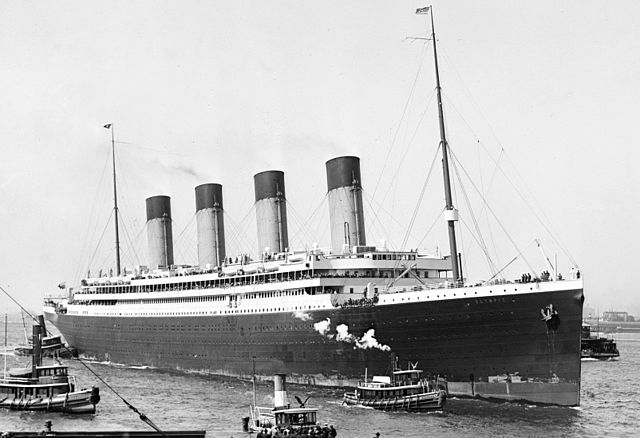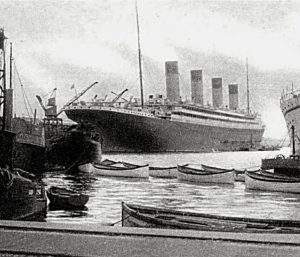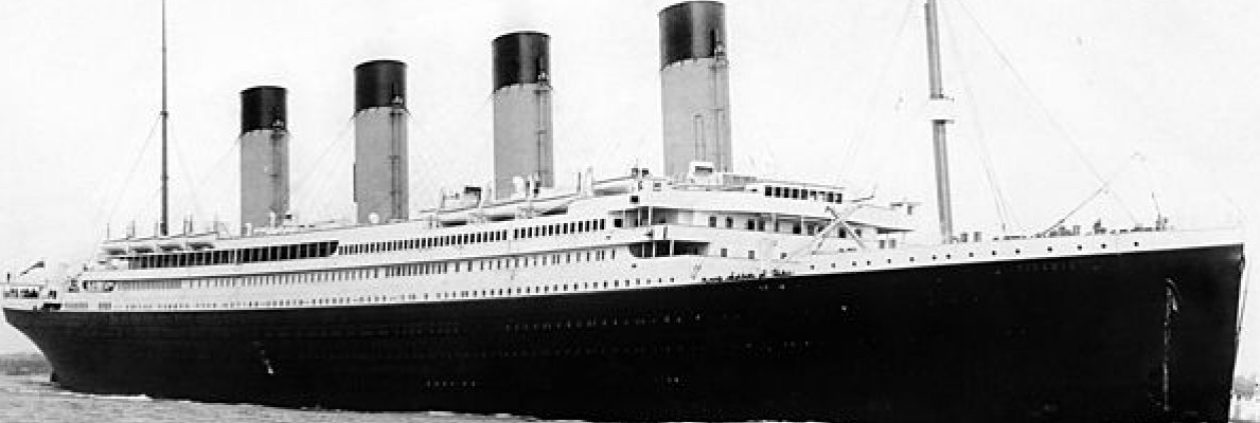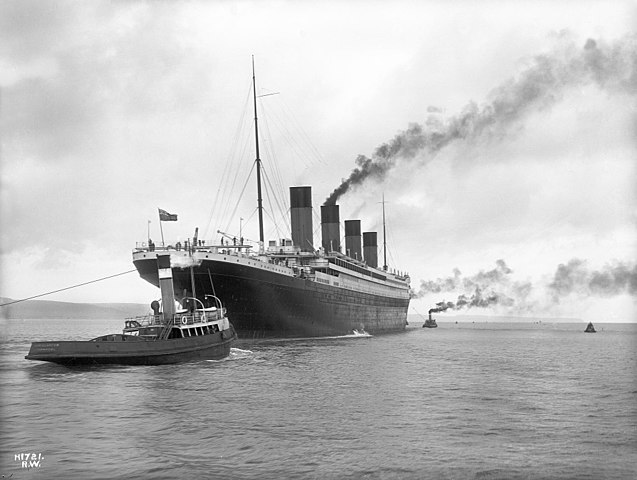
Source: U.S. Library of Commerce/Wikimedia Commons
Public Domain
In the wake of the Titanic sinking, all passenger ships were equipped with lifeboats for everyone aboard. Olympic, like her sister ship, did not have enough lifeboats but they were quickly added for her upcoming departure from Southampton on 24 April 1912. 40 collapsible lifeboats (all second-hand) had come from troopships. However, there was concern amongst the crew that these lifeboats were not seaworthy. A request sent by crewman that they should be replaced by wooden lifeboats was declined by White Star which said that it was impossible to do that and they had passed as seaworthy by the Board of Trade inspector.

Circa 22 April 1912-30 April 1912
Author Unknown
Public Domain via Wikimedia Commons
Not convinced of this, 284 firemen went on strike delaying the departure. Non-union crew were hired from Southampton and from Liverpool to make up the difference. On 25 April 1912, representatives of the strikers witnessed a test of four of the collapsible boats. One was found unseaworthy. The representatives said they would recommend the strikers return to work as a result. A separate objection about the non-union workers who were hired came up as an issue. White Star refused to fire them. This resulted in 54 crewmembers leaving the ship in protest causing the cancellation of the sailing. Later they would be charged and convicted of mutiny, but no punishment was awarded due to the circumstances. White Star Line hired them back in end fearing a public backlash in support of the strikers. Olympic would sail for New York on 15 May 1912.
Sources:
“April 1912: Olympic’s Canceled Sailing.” Encyclopedia Titanica Message Board, 25 Apr. 2002, www.encyclopedia-titanica.org/community/threads/april-1912-olympics-canceled-sailing.3699.
Edwards, John. “The Olympic Mutiny – Ocean Liners Magazine.” Ocean Liners Magazine, 3 May 2020, oceanlinersmagazine.com/2020/05/03/olympic-mutiny-2.
“RMS Olympic.” Wikipedia, 24 Apr. 2024, en.wikipedia.org/wiki/RMS_Olympic#cite_note-Brewster78-68.











